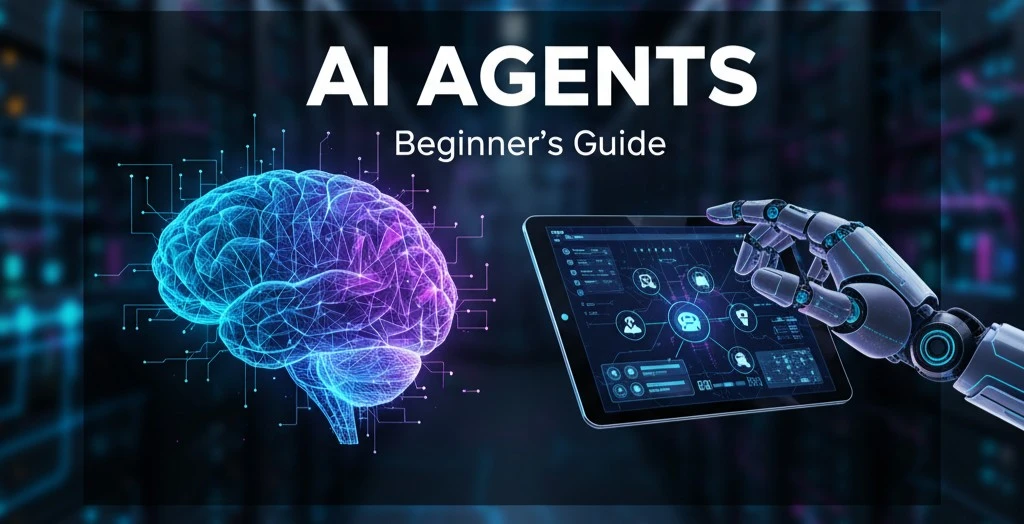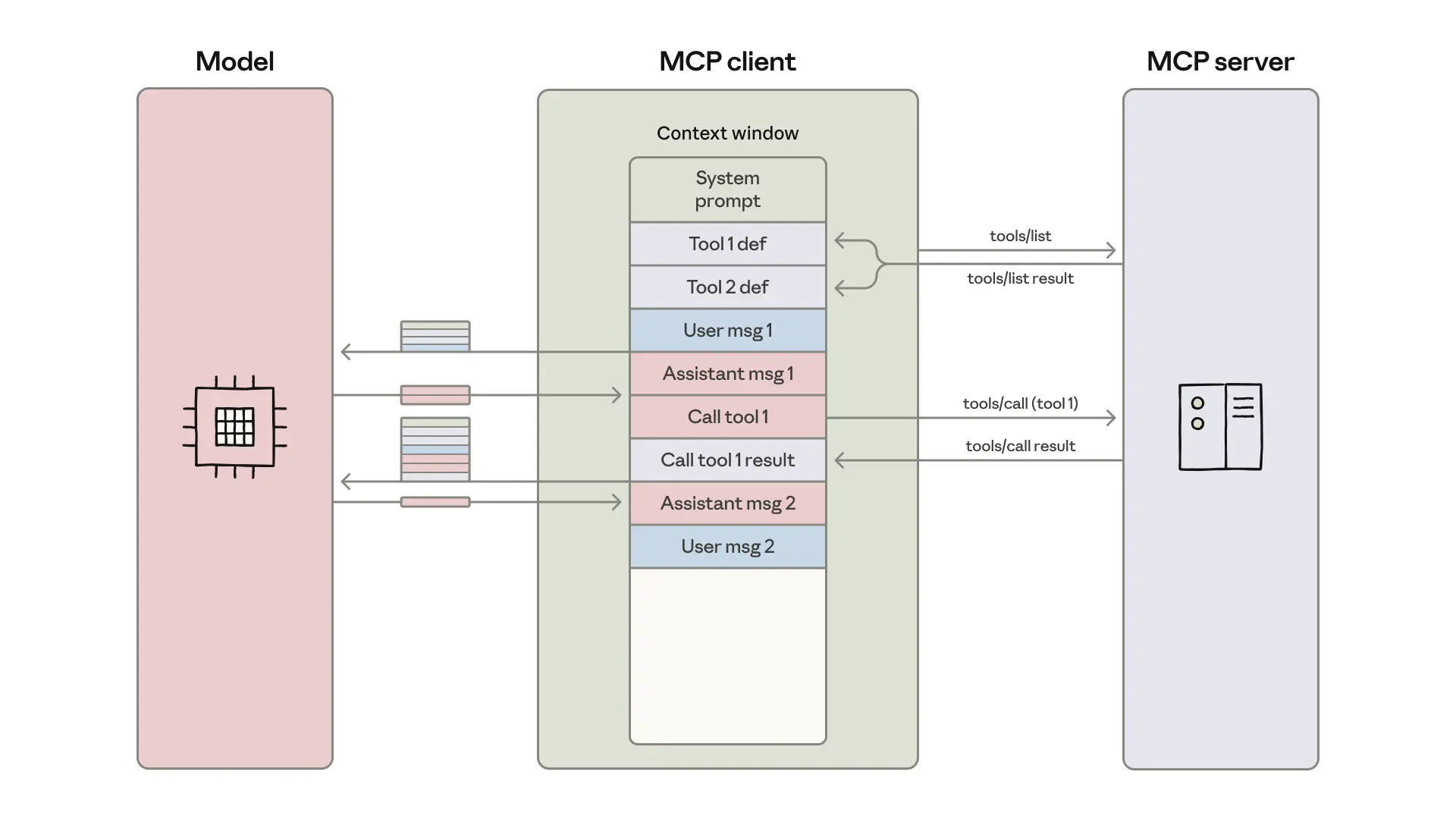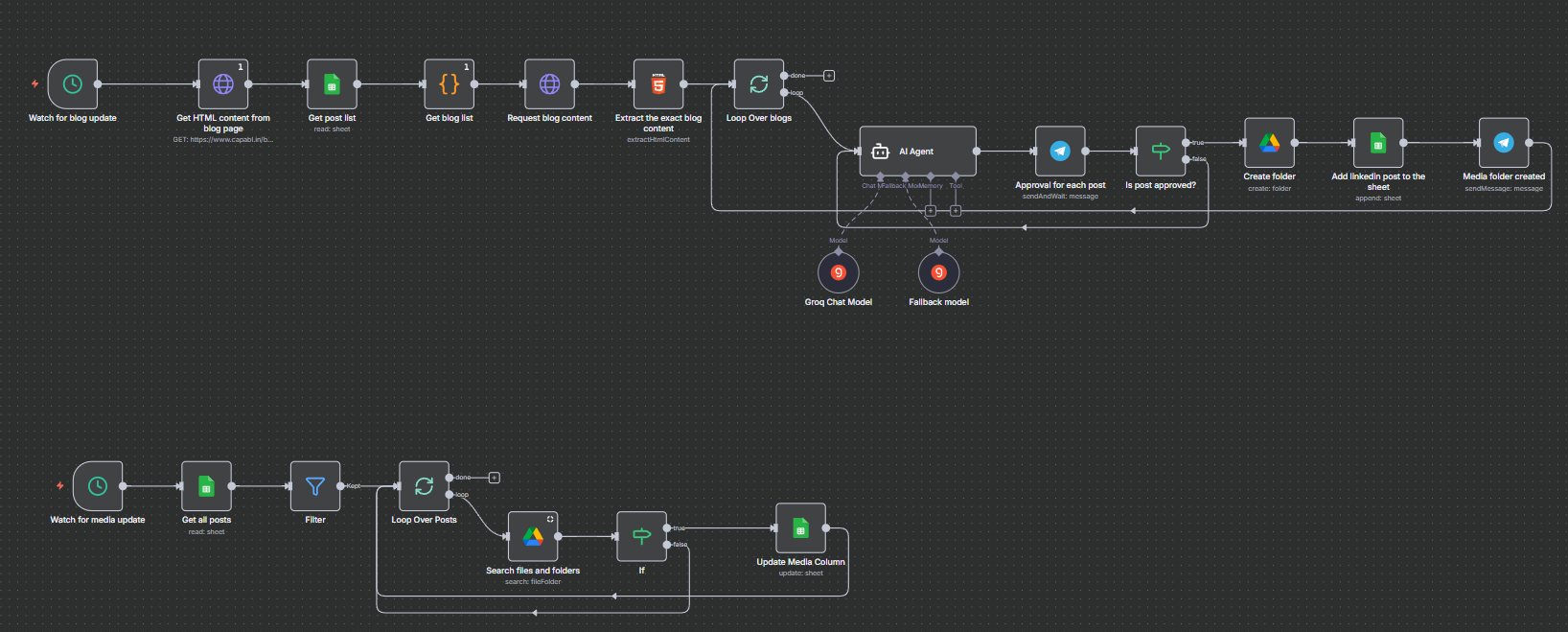
Introduction
Choosing the right AI for everyday research often comes down to the free version. Let’s be real, most people start here, and the free-tier plans of both OpenAI’s ChatGPT and Perplexity have evolved far beyond simple chatbots. They now function as sophisticated, web-aware answer engines. The question isn’t whether they can search, but how they search and, more importantly, how reliably they present the answer. This article is based on a structured comparative review, focusing exclusively on the core search and response capabilities available without paying a dime.
Overview of ChatGPT and Perplexity Free Tiers
The free tiers are essentially feature-gated demonstrations of the Pro products. The core limitation for both is usage caps and performance throttling.
Core Technology and AI Models powering free tiers
The free-tier experience is defined by the model you are allowed to use.
ChatGPT, leveraging OpenAI’s unified model family, currently provides free users with dynamic access to its most advanced models, primarily GPT-4o mini and a limited dose of the full GPT-4o or GPT-5. The model dynamically switches to the smaller version once the message cap for the premier model is hit. The strength here is that even the smaller models retain the conversational and creative DNA of the larger GPT architecture.
Perplexity, positioning itself as an “answer engine” rather than a general chatbot, utilizes a mix of models. Its unlimited Quick Searches rely on a proprietary, speed-optimized model, often related to its Sonar lineage. The critical distinction is that Perplexity dedicates its handful of free Pro Searches per day to leveraging external, top-tier models like GPT-4 and Claude 3.5, specifically for the purpose of deep research. The user gets a taste of multi-model research capability, which is pretty compelling.
Search Capabilities available in free plans
This is where the functional difference between the two tools is most pronounced.
Both platforms offer real-time search capability on their free tiers; however, their default behavior and approach to citations differ dramatically.
- Perplexity: The Citation-First Approach: Perplexity’s core identity is conversational search. The reviews showed that even for a simple query like the population of Tokyo, Perplexity’s response structure prioritizes the sources. It uses granular inline citations next to nearly every fact, building trust and enabling instant verification. This transparent, research-assistant-like approach is its standout free-tier feature.
- ChatGPT: The Conversational Approach: ChatGPT, while now capable of browsing, still leans toward a chat-first model. It synthesizes information into a coherent narrative first, and while the integrated search returns citations, they are sometimes less granular than Perplexity's, or may only appear in "browsing" mode. This model performs exceptionally but demands that the user occasionally click the source references to ground the information.
Response Quality on free tiers
In terms of raw output quality on the free tiers, both are exceptional, but for different tasks.
Performance benchmarks in free tier usage
The performance difference hinges entirely on the message caps and throttling.
The free ChatGPT experience is inconsistent. While access to GPT-4o is great, once the cap is hit, you are relegated to a smaller, faster model (GPT-4o mini) or simply face slower response times during peak hours, often resulting in a frustrating lag or the dreaded "I'm at capacity" message.
Perplexity's approach is more predictable. Unlimited Quick Searches are very fast and reliable, perfect for simple, immediate facts. The limitation comes from the fixed, small number of Pro Searches available per day, which prevents heavy, continuous deep research. The trade-off is predictability over volume.
User experience on free tiers
ChatGPT's interface feels like a chat application; it is conversational, supports persistent memory (if enabled), and is designed for multi-turn dialogue. The focus is on the long-term assistant relationship.
Perplexity's UI, conversely, feels like a research platform with a chat overlay. It prioritizes the search box and the subsequent display of sources. It's clean and direct, though it offers less in the way of free-tier customization or memory compared to its Pro version. It is accessible and efficient, but its goal is finding the answer quickly and verifiably.
Use cases best suited for free versions of each tool
- ChatGPT Free: Best for general-purpose tasks like brainstorming, creative writing, drafting emails, and generating code snippets where the occasional usage cap is manageable. It's your conversational partner.
- Perplexity Free: Ideal for quick fact-checking, specific data retrieval, verifying claims, and academic research where the verifiability of the source is paramount. It’s your diligent librarian. The limited Pro Searches are best used sparingly for complex, technical deep dives.
Pricing structure summary focusing on free plan limits and upgrade incentives
The upgrade path for both is standard at $$20 /$month for the entry-level premium tier (ChatGPT Plus and Perplexity Pro).
The incentive to upgrade is fundamentally about eliminating friction and inconsistency.
Pros and cons of the free tiers specifically
ChatGPT Free
- Pros (Strengths): Access to advanced models (GPT-4o, GPT-5) even on the free tier; excellent conversational flow and creativity; persistent memory capabilities.
- Cons (Limitations): Highly inconsistent performance due to strict, often non-transparent usage caps; potential slowdowns during peak hours; citations are less immediate and granular than Perplexity’s.
Perplexity Free
- Pros (Strengths): Exceptional source transparency and granular inline citations (the killer feature for research); high factual accuracy; clear, structured output using tables for lists; unlimited speed-optimized Quick Searches.
- Cons (Limitations): Severely limited Pro Search quota (around 5 per day); less flexible for purely creative, non-search tasks; limited memory for long, multi-session projects.
Conclusion
Based on a comparison of their free-tier search and response capabilities, the recommendation depends entirely on the user's priority.
If your primary goal is verifiable, accurate research and fact-finding—if you need "the receipts," as they say—then Perplexity’s free tier offers a slight but significant edge. Its commitment to granular, inline citations and highly structured data output makes it the more reliable tool for academic, technical, or journalistic use.
However, if you are a user who needs a versatile, conversational assistant that can switch seamlessly between summarizing a topic, writing an email, and brainstorming ideas, and you don’t mind the occasional throttling or manually checking sources, ChatGPT's free tier remains the superior all-rounder. It’s the better long-term creative and coding partner, even with its usage caps. Both are incredibly capable free tools, no doubt, but one is a search expert, and the other, a superb conversationalist.
Inspire Others – Share Now
Agentic AI Saksham
India’s Only 1st Ever Offline Hands-on program that adds 4 Global Certificates while making you a real engineer who has built their own AI Agents
EV
Saksham
India’s Only 1st Ever Offline Hands-on program that adds 4 Global Certificates while making you a real engineer who has built their own vehicle
Agentic AI LeadCamp
From AI User to AI Agent Builder — Capabl empowers non-coding professionals to ride the AI wave in just 4 days.
Agentic AI MasterCamp
A complete deployment ready program for Developers, Freelancers & Product Managers to be Agentic AI professionals
Table of Contents
- Introduction
- Overview of ChatGPT and Perplexity Free Tiers
- Core Technology and AI Models powering free tiers
- Search Capabilities available in free plans
- Response Quality on free tiers
- Performance benchmarks in free tier usage
- User experience on free tiers
- Use cases best suited for free versions of each tool
- Pricing structure summary focusing on free plan limits and upgrade incentives
- Pros and cons of the free tiers specifically
- Conclusion







